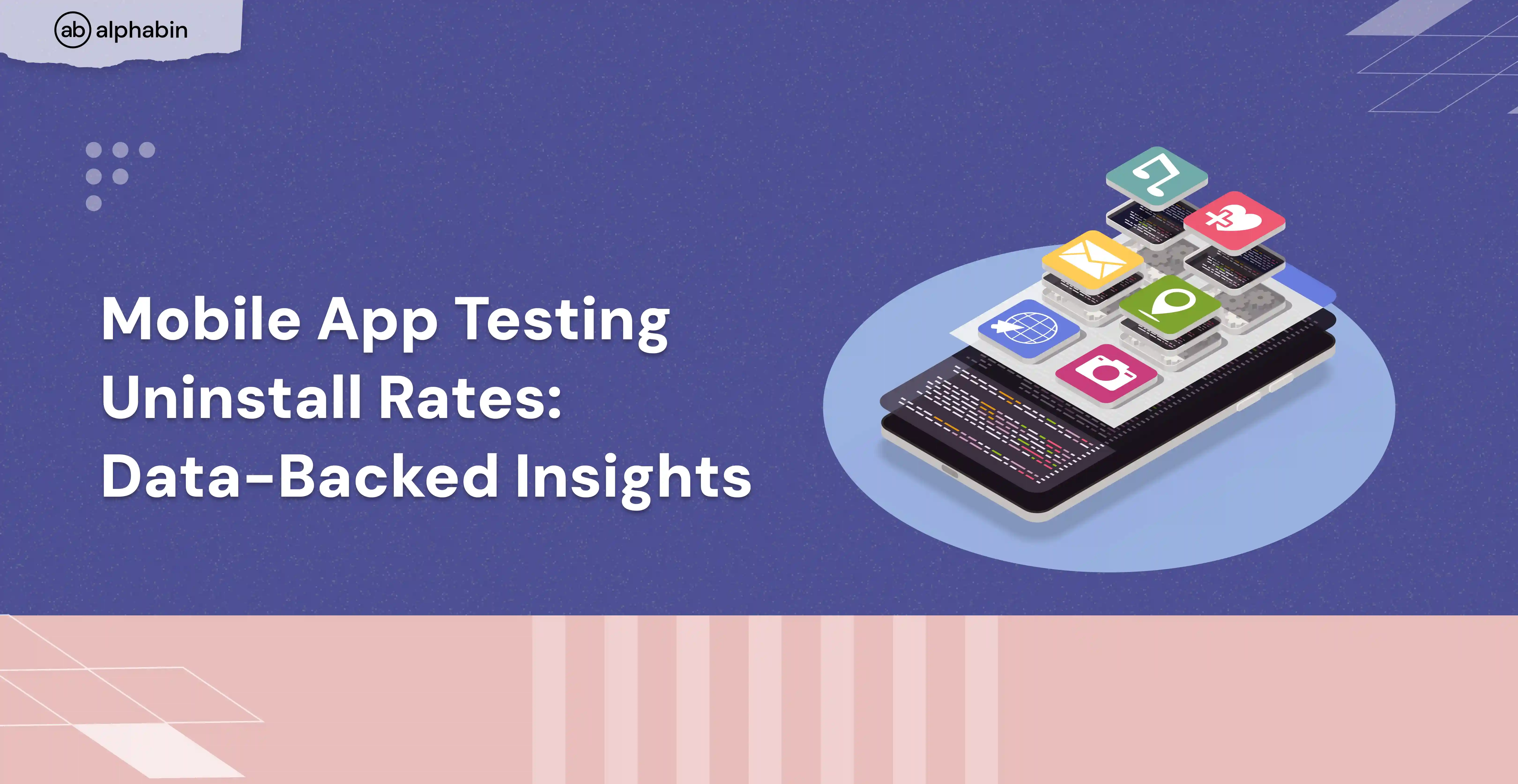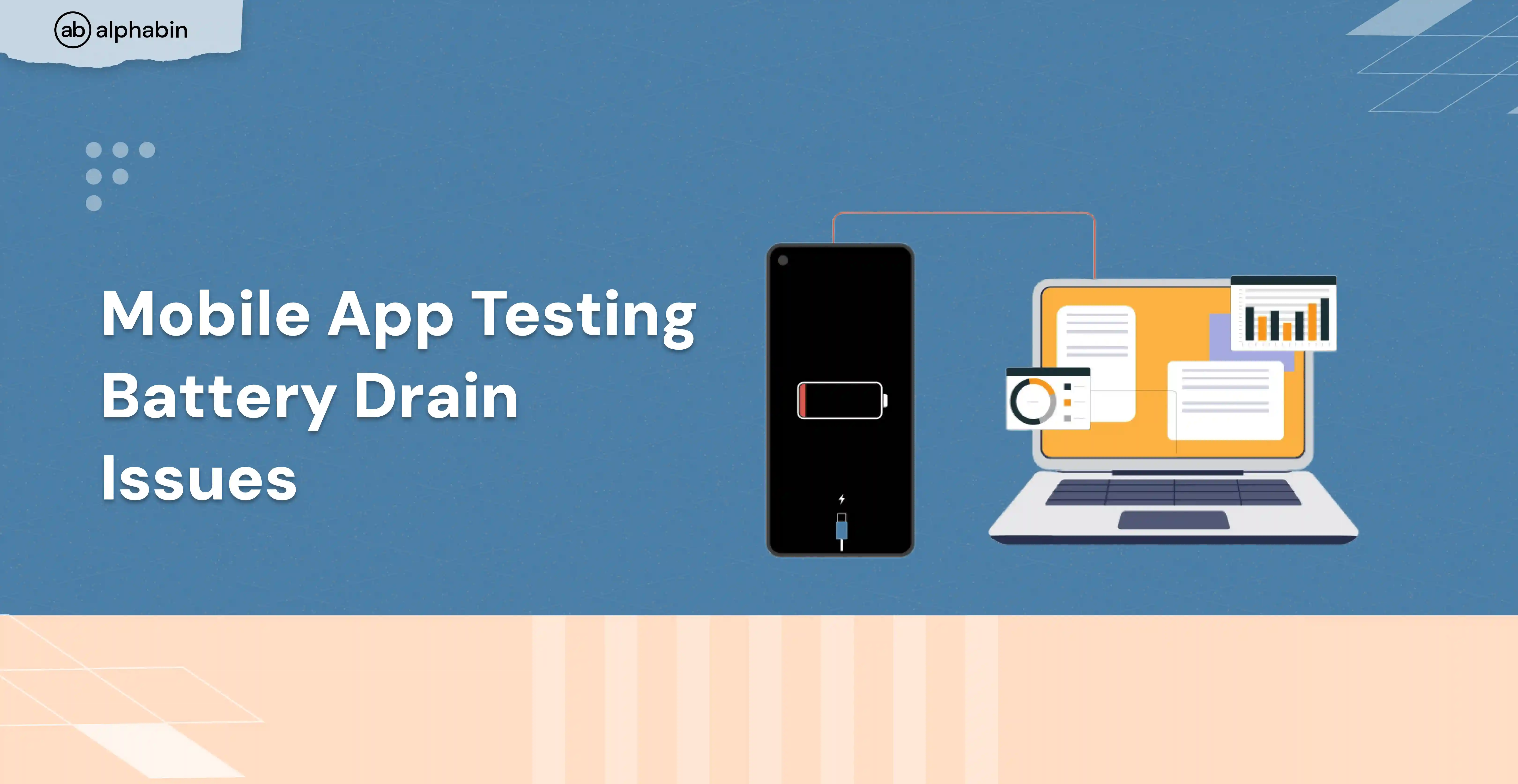Hackers will never cease seeking out vulnerabilities to penetrate. To keep your SaaS platform unprotected is to keep your front door unlocked—it just needs one weak link for someone to break through.
SaaS companies hold confidential data, which automatically makes them vulnerabilities waiting to be exploited. Just one breach could result in leaked data, losses, and eroded trust. Ignoring vulnerability risks is simply waiting for tragedy to unfold.
This is where penetration testing (pen testing) helps. By simulating cyberattacks, it finds security flaws before hackers do. In this article, we’ll explore why pen testing is crucial for SaaS businesses and how it strengthens your security.
{{cta-image}}
What is Penetration Testing for SaaS?
Penetration testing provides authorized access to ethical hackers who can hack your system just like a real cyberattack. Pen testing for SaaS companies requires the simulation of real-world cyberattacks to find weaknesses in their cloud infrastructure as well as their APIs and applications.
Three penetration testing strategies, namely Black Box penetration testing, which offers no system knowledge White Box penetration testing, which allows complete access, and Gray Box penetration testing, which combines both methods to support vulnerability detection.
Pentesting enables SaaS businesses to prevent cyber criminals through early detection of security vulnerabilities that prevent critical problems.
Why SaaS Businesses are Prime Targets
SaaS firms are essentially all-you-can-eat hacker buffets—there's so much to indulge in!
- Multi-Tenant Architecture: A single flaw can reveal multiple customer data sets.
- Handling Sensitive Data: With the likes of GDPR and HIPAA breathing down your neck, one slip can translate into legal nightmares.
- Continuous Deployment: Regular updates are wonderful, but they also provide ways for new vulnerabilities to enter.
The shared-resource nature of SaaS platforms, as well as constant updating, makes them preferable targets for threats online.
Key Benefits of Pen testing for SaaS Companies
Pen testing is not merely about discovering vulnerabilities; it's about creating a more robust, more secure SaaS platform that users can rely on.
- Identifying Vulnerabilities Before Hackers: Identify these vulnerabilities peacefully since your security team should detect them before hackers do.
- Compliance Simplified: Standards including ISO 27001, SOC 2, and GDPR maintain their status as requirements. Businesses use penetration testing to verify compliance requirements.
- Protecting Customer Trust: Customers promptly exit when they discover their data has been compromised. The scheduled pen tests protect customer data while maintaining company trustworthiness.
- Business Continuity: Downtime means lost revenue. The results of pen testing ensure that your SaaS runs without unexpected downtime.
- Cost Savings: Purchasing a penetration test costs less than paying for a hack. Investing in security measures at present will generate substantial cost savings during future periods.
How Penetration Testing Works for SaaS Platforms
The process of pen testing covers more than hacking activities alone. A systematic evaluation process checks every corner of your SaaS platform's security.
- Scope Definition: What are we testing? Everything that integrates with your SaaS ecosystem is part of the testing scope.
- Reconnaissance: During this step, testers accumulate vital information to identify API endpoints while also searching for cloud service misconfigurations. Testing would resemble digital stalking of a system when performed correctly.
- Vulnerability Assessment: Using automated tools along with manual methods testers explore for weaknesses just like Sherlock Holmes in code form.
- Exploitation: Flaw discovered? Testing groups verify the effectiveness of security flaws because bad actors might exploit them. Safety testers serve as decent actors who perform their assessments to benefit the software product.
- Reporting & Remediation: The digital investigation results in a detailed report containing vulnerability descriptions alongside their threat levels and recommended resolution steps.
A systematic process through pen testing exposes vulnerabilities before systems and addresses them to protect your SaaS infrastructure.
Common Vulnerabilities Found in SaaS Applications
Security leaks are commonly precipitated by problems in the loopholes of SaaS systems when not attended to.
- Poorly secured APIs: APIs are the lifeblood of SaaS, but insecure ones are hacker’s gold mines.
- Insecure Cloud Services: A spare key under the doormat is about the same as leaving default Cloud settings unchanged – hackers know where to look.
- Stealing Credentials: If passwords such as ‘password123’ are present, we have things to talk about.
- Strong encryption: Weakening data unknowingly will expose sensitive information all over the internet.
Real-World Examples of SaaS Security Breaches
SaaS penetration testing is one of the proactive security measures that need to be enforced in real-world breaches.
Dropbox Breach
In 2012, 60 million Dropbox account credentials were stolen because one employee reused the same password after the LinkedIn breach. Because of this, attackers were able to access sensitive data that would typically be secure.
Slack Code Repository Breach
In 2022, Slack found unauthorized access to its private code repository in Slack. No customer data had been breached in this breach, but it demonstrated the importance of security for development environments. Slack quickly resolved this issue, and they strengthened security measures.
These examples show that even the most authoritative SaaS companies are not immune, which means practices such as penetration testing are indispensable.
Challenges of Penetration Testing in SaaS
There are unique challenges when pen testing for SaaS platforms but if they are not overcome, it won’t lead to robust security.
- SaaS platforms need to deal with many cloud providers, which can be a very complex cloud environment.
- New security risks might pop up right away as updates make the platform change extensively.
- Cloud providers have secured infrastructure systems; you have to take care of your application and your stored information. It’s a team effort!
Best Practices for SaaS Penetration Testing
Using proven defense methods in pen testing keeps your SaaS system safe from new security risks.
- Regular Testing: Since cyber dangers change over time, you need to adjust your security inspections. Schedule pen tests regularly.
- Integrate with CI/CD Pipelines: Test for security issues during your regular development work. Find security issues ahead of system launches.
- Combine Automated and Manual Testing: Human testers remain superior in terms of testing ability when automated tools become available.
- Act on Findings: Use the pentest findings to start repairing security weaknesses without delay.
{{cta-image-second}}
Regulatory Issues and Compliance for SaaS Penetration Tests
The SaaS environment demands compliance to be a basic necessity. Safeguarding sensitive customer information and trust building necessitate firms adhering to regulatory frameworks PCI DSS, SOC 2, and ISO 27001.
System compliance requirements can be met through frequent penetration tests, which ensure both security and system up-to-dateness.
1. Testing Frequently
PCI DSS, SOC 2, and ISO 27001 all necessitate recurring penetration testing, once a year and as soon as there are significant system changes for compliance. These are checks that assist in identifying vulnerabilities and comply with and safeguard the data.
2. Scope Definition
A scope is clearly defined so that critical assets with minimal disturbance are enabled. Since SaaS applications, APIs, and the entire cloud infrastructure will be encompassed. The testers are brought in, who are certified to ensure proper testing according to security objectives.
3. Documentation & Reporting
Reports need to be thorough and shall contain an executive summary, the details of vulnerability, risk analysis, and the remediation procedures. Risks become significant in terms of security and compliance.
4. Certified Tester
The recruitment of a certified expert (OSCP, CEH) ensures industry standards by way of testing. Security is enhanced, safeguarding a customer's information from cyber attacks.
How We Can Help Secure Your SaaS Business
Alphabin helps companies handle discovered vulnerabilities and fix their security issues.
Our security testing system has been set up to find threats that happen in cloud environments and protect the APIs of SaaS companies while keeping them safe from legal issues. Our team monitors your SaaS platform and helps experts meet all security, compliance, and dependability standards.
Our professional experts specialize in finding the most concealed weaknesses and delivering effective recommendations, so you can relax while having secure and stable protection.
Conclusion
Maintenance of secure SaaS operations requires pen testing as an indispensable factor for defending businesses from cyber threats. Your platform needs regular penetration testing to achieve maximum security because this method protects both your customer data and your brand integrity. Move now since prevention is superior to cure and lock your digital security gates firmly.
Every SaaS business depends on continued operations through proactive security measures such as pen testing to navigate the persistent threat environment.



.svg)











